Growing Focus on Safety and Security
The fiber optic-sensor market is witnessing a growing focus on safety and security measures, particularly in critical sectors such as oil and gas, transportation, and utilities. The ability of fiber optic sensors to detect changes in temperature, pressure, and strain makes them invaluable for monitoring hazardous environments. In the GCC, where safety regulations are stringent, the adoption of these sensors is becoming essential. For instance, the implementation of fiber optic sensors in pipeline monitoring can enhance leak detection capabilities, potentially reducing environmental risks. This heightened emphasis on safety is likely to propel the fiber optic-sensor market as industries seek reliable solutions to mitigate risks.
Rising Demand for Renewable Energy Solutions
The fiber optic-sensor market is also influenced by the rising demand for renewable energy solutions in the GCC. As countries in the region diversify their energy portfolios, there is an increasing need for efficient monitoring systems in renewable energy projects, such as solar and wind farms. Fiber optic sensors can provide real-time data on environmental conditions and system performance, which is crucial for optimizing energy production. The GCC's commitment to generating 50% of its energy from renewable sources by 2050 indicates a substantial market opportunity for fiber optic sensors. This shift towards sustainable energy solutions is expected to drive growth in the fiber optic-sensor market.
Expansion of Telecommunications Infrastructure
The fiber optic-sensor market is significantly impacted by the expansion of telecommunications infrastructure in the GCC. With the increasing demand for high-speed internet and data services, telecom companies are investing heavily in fiber optic networks. This expansion not only enhances communication capabilities but also creates opportunities for integrating fiber optic sensors into these networks for monitoring and maintenance purposes. The GCC's telecommunications sector is projected to grow at a CAGR of 5% over the next five years, which suggests a corresponding increase in the demand for fiber optic sensors. This trend indicates a promising outlook for the fiber optic-sensor market as it aligns with the region's digital transformation initiatives.
Increased Investment in Infrastructure Projects
The fiber optic-sensor market is benefiting from increased investment in infrastructure projects across the GCC. Governments in the region are allocating substantial budgets for the development of smart cities and transportation networks. For example, the UAE has committed over $100 billion to enhance its infrastructure, which includes the deployment of fiber optic sensors for monitoring structural integrity and environmental conditions. This investment is expected to create a robust demand for fiber optic sensors, as they provide critical data that can improve safety and efficiency in construction and maintenance operations. Consequently, the fiber optic-sensor market is poised for significant growth as these projects unfold.
Technological Advancements in Sensing Solutions
The fiber optic-sensor market is experiencing a surge due to rapid technological advancements in sensing solutions. Innovations in fiber optic technology, such as improved sensitivity and miniaturization, are enhancing the performance of sensors across various applications. In the GCC region, the integration of these advanced sensors into industrial processes is becoming increasingly prevalent. For instance, the oil and gas sector is adopting fiber optic sensors for real-time monitoring of pipelines and equipment, which can lead to a reduction in operational costs by up to 20%. This trend indicates a growing reliance on sophisticated sensing technologies, which is likely to drive the fiber optic-sensor market further.

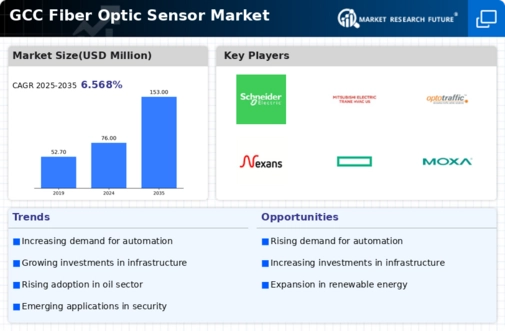

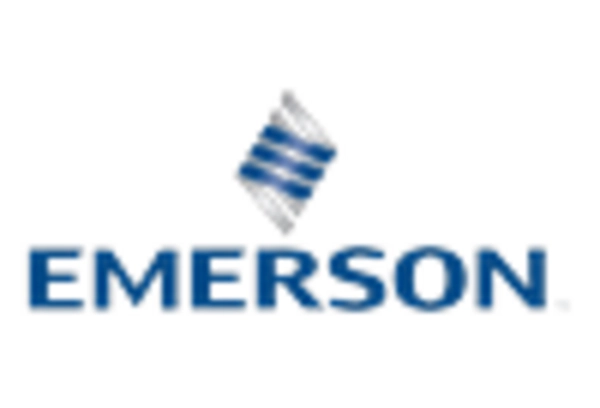
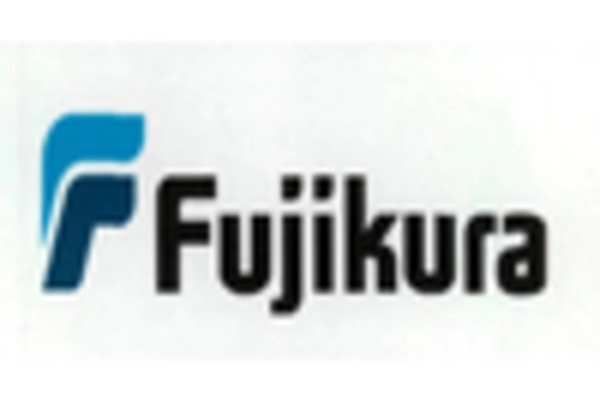
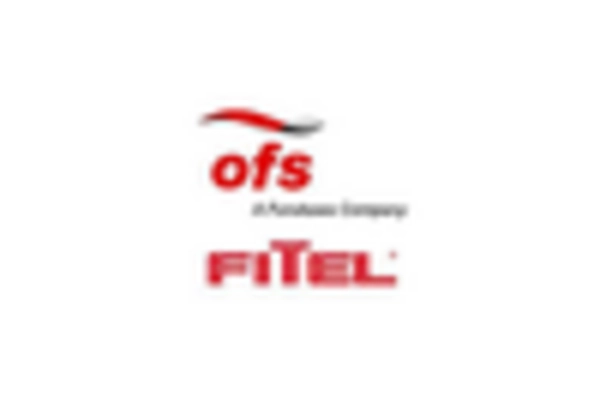
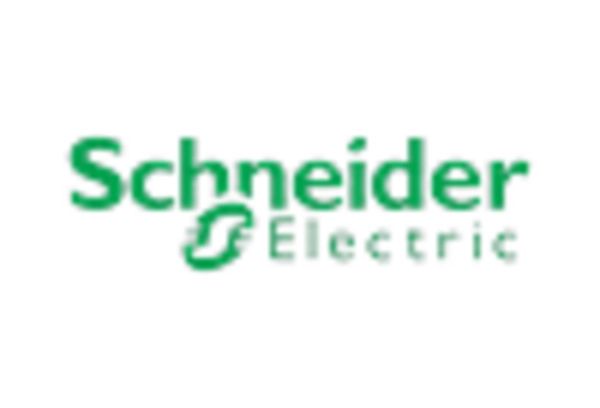









Leave a Comment